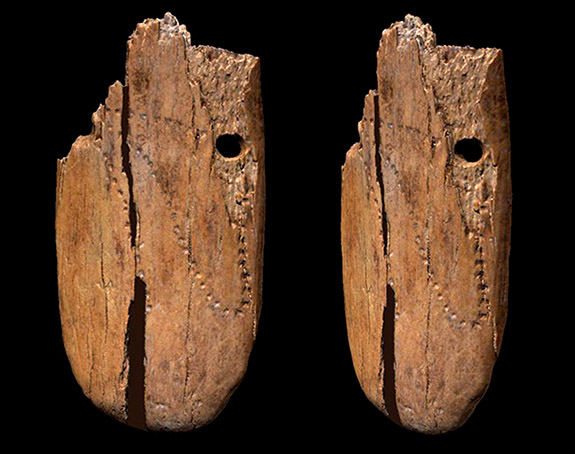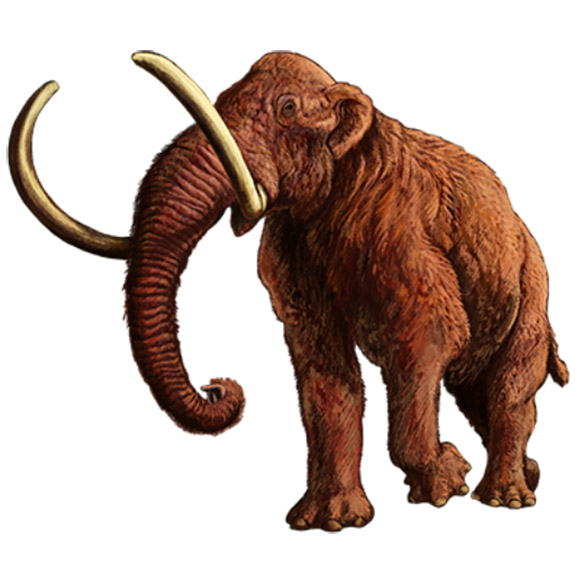A 41,500-year-old oval-shaped pendant crafted from a mammoth tusk represents the oldest human-decorated jewelry ever found in Eurasia, according to an international team of researchers.
Discovered in the Stajnia Cave in southern Poland, the jewelry has a sophisticated design that includes 50 puncture marks in a looping curve, along with two drilled holes. The holes indicate that the item was likely worn as a pendant.
“This piece of jewelry shows the great creativity and [the] extraordinary manual skills of members of the group of Homo sapiens that occupied the site,” noted Dr. Wioletta Nowaczewska, a researcher from Wrocław University in Poland.
The scientists believe the markings could represent the monthly cycle of the Moon or Sun, or a counting system that kept track of hunting tallies.
“If the Stajnia pendant’s looping curve indicates a lunar analemma or kill scores will remain an open question,” Dr. Adam Nadachowski, a researcher in the Institute of Systematics and Evolution of Animals at the Polish Academy of Sciences, told sci-news.com.
The pendant was discovered alongside an awl made from horse bone and a number of bone fragments. The researchers believe the artifacts may indicate that humans of this period were beginning to produce small and transportable personal adornments.
Why humans started using jewelry at this time is a mystery that researchers are trying to understand, according to Sahra Talamo, a chemist at the University of Bologna in Italy, who led the study.
The researchers noted that similar carved decorations have appeared at other sites across Germany, France, Russia and the Siberian Arctic. The Polish artifact predates the others by 2,000 years, according to the researchers.
Cousins of modern-day elephants, woolly mammoths roamed Eurasia until about 10,000 years ago. Measuring 14-feet-tall at the shoulder, the giant beasts weighed up to 22,000 pounds.
The Stajnia Cave findings were first reported in the journal Scientific Reports.
Credits: Mammoth tusk jewelry photo by Antonino Vazzana/BONES Lab. Mammoth illustration by DataBase Center for Life Science (DBCLS), CC BY 4.0, via Wikimedia Commons.


